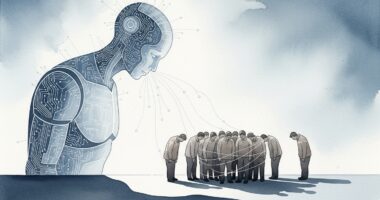The intense fear of low-probability catastrophes like terror attacks is actually a sophisticated evolutionary strategy to prevent the extinction of entire family lines, according to new research.
Scientists at the Universities of Exeter and Bristol used mathematical modelling to explain the “Dread Risk” response. In this phenomenon, people avoid perceived catastrophic threats even when the alternative offers a higher statistical risk of death.
The study highlights the aftermath of the 9/11 attacks, where a mass switch from air to road travel resulted in an estimated 3,000 excess traffic deaths over 18 months. Despite driving being statistically deadlier for the individual, the research suggests this avoidance behaviour is evolutionarily favoured because it mitigates “aggregate risks” that could wipe out entire family groups simultaneously.
“Our findings suggest that it doesn’t matter how well-informed people are, they are likely to have an evolved tendency to bias their behaviour against exposure to rare but mass mortality events, which we term environmental or aggregate risks,” said lead author Professor John McNamara from the University of Bristol. “This bias is felt in the form of dread, a defence mechanism to protect our familial structures, and indeed, our genetic dynasty.”
Bias against death
The model demonstrates that individuals who exhibit a bias against activities that could result in the death of a significant proportion of their extended family tend to leave more copies of their genes in the long run than those who respond to risks more proportionately.
“The world has always been a risky place for humans, full of uncertain hazards,” said Dr Sasha Dall, Associate Professor of Theoretical Biology at the University of Exeter. “And though modern life is generally much safer, we have retained a deep sense of dread for events that might cause a mass loss of life, such as a terrorist attack or natural disaster – and we bias our behaviour as a result.”
The findings, published in Scientific Reports, challenge the conventional wisdom that simply providing better statistical information about risks will persuade people to make safer individual choices. The authors argue that while this behaviour appears “maladaptive” in the modern world, it can be explained by understanding the principles of genetic evolution and the different types of risk humans encounter.









